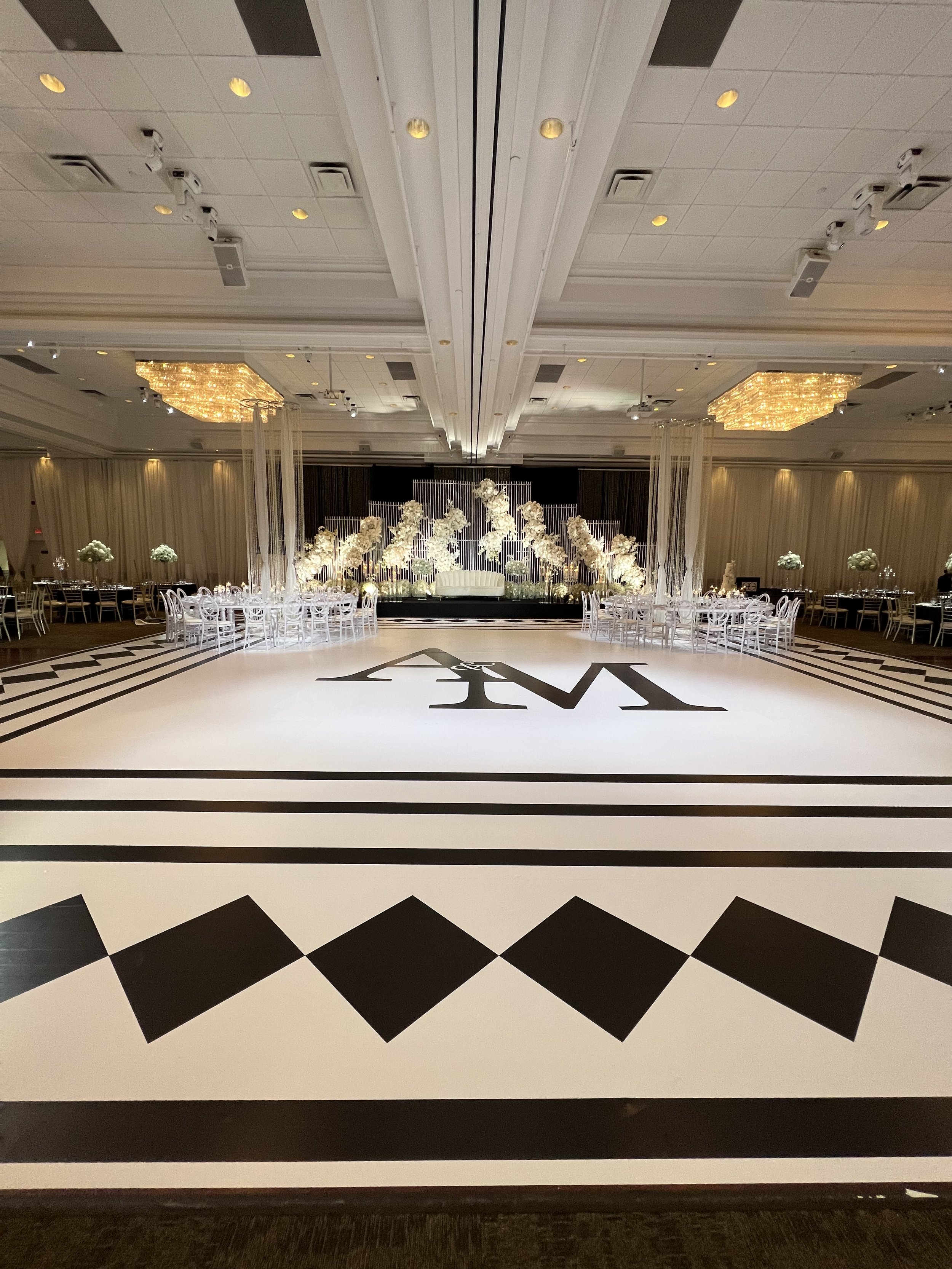
The main hues are crimson, azure, and golden. These hues cannot be created by blending other colors together. Secondary colors, such as emerald, tangerine, and violet, are formed by combining main hues. Third-level hues are formed by mixing a primary color with a secondary color. Grasping these fundamental connections helps creators select hues that enhance one another and produce a aesthetically pleasing show. Combining these colors on an LED dance floor can result to dynamic and exciting effects that capture the focus of participants.
Hue value also plays a crucial role in design. Colors can be categorized as warm or cool. Warm colors, such as red, orange, and golden, often to elicit feelings of excitement and heat. In opposition, chill hues like blue, green, and purple often generate a serene and tranquil environment. Designers can utilize these hue values to establish the ambiance for various kinds of events. For example, a celebration environment may gain from warm colors that energize the audience, while a further calm occasion might use cool colors to offer a calming effect.
In addition to hue pairings and value, brightness and saturation are vital elements to take into account. Luminosity denotes to how bright or dim a hue appears, while saturation measures the vividness of a hue. Vivid, saturated colors can generate a lively and energetic environment, perfect for dancing surfaces. On the contrary hand, gentler, less saturated hues can generate a further muted atmosphere. By manipulating brightness and saturation, designers can draw attention to specific sections of the dancing floor or establish sight pathways, guiding participants through the venue.
Finally, it is crucial to consider the emotional effects of hue in light-emitting diode dance floor layouts. Different colors can elicit different emotions and responses. For instance, red is often linked with zeal and energy, while blue can be calming and tranquil. weblink Grasping these associations allows creators to tactically use colors to affect the actions of dancers. By integrating hue theory into LED dancing surface designs, creators click this link now can improve the total experience, making it memorable and pleasurable for everyone involved.